Discover the 9-Day Druk Path Trek in Bhutan – A Scenic High-Altitude Adventure from Paro to Thimphu
Embark on the magical 9-day Bhutan Druk Path Trek, a spectacular high-altitude journey through the pristine landscapes of the Eastern Himalayas. Connecting the historic cities of Paro and Thimphu, this moderate-level trek in Bhutan leads you across ancient trade routes, scenic alpine lakes, pine forests, and centuries-old monasteries. Ideal for travelers seeking a cultural and natural Himalayan experience, the Druk Path Trek blends peaceful wilderness with breathtaking mountain vistas, including glimpses of Mount Gangkar Puensum—the world’s highest unclimbed peak. Whether you’re an experienced hiker or a first-time trekker, this 9-day Bhutan trekking adventure promises unforgettable views, cultural immersion, and a deeper connection to the Kingdom of Happiness.
The Druk Path Trek in Bhutan is a truly enchanting high-altitude journey that blends breathtaking Himalayan scenery with rich cultural heritage. This 9-day trek takes you along an ancient trading route between Paro and Thimphu, crossing serene alpine landscapes, dense pine and rhododendron forests, glacial mountain lakes, and centuries-old dzongs (fortresses). The trail ranges from around 2,400 meters to over 4,200 meters, offering trekkers a manageable yet rewarding high-altitude experience. Along the way, you’ll enjoy panoramic views of iconic Himalayan peaks like Mount Gangkar Puensum, the tallest unclimbed mountain in the world. With its peaceful ambiance, diverse terrain, and cultural touchpoints, the Druk Path Trek offers a perfect balance of adventure and spiritual immersion. This journey is ideal for moderately fit trekkers who want to experience Bhutan’s pristine wilderness, remote Himalayan trails, and warm Bhutanese hospitality in a short yet fulfilling itinerary.
The Bhutan Druk Path Trek is a haven for nature lovers, offering an immersive experience through the country’s pristine and diverse ecological zones. As you hike through the trail, you’ll pass through enchanting rhododendron forests, towering blue pine woodlands, and lush alpine meadows rich in Himalayan vegetation. In spring, the landscape comes alive with blooming wildflowers, including magnolias, primulas, and dozens of rhododendron species painting the hillsides in vibrant hues. The route, particularly around Jimilang Tsho and Labana Pass, showcases rich eco-diversity, with high-altitude mossy forests and dwarf junipers. Wildlife enthusiasts might spot elusive Himalayan species like the musk deer, blue sheep, and even the rare Himalayan monal, Bhutan’s national bird known for its dazzling plumage. Birdsong fills the air, with species like blood pheasants, magpies, and laughing thrushes making regular appearances. This journey through Bhutan’s untouched natural landscapes offers an intimate glimpse into the kingdom’s biodiversity and conservation efforts, making the Druk Path Trek not just a cultural journey, but also a deeply rewarding nature-based adventure.
Druk Path Trek Route Overview – From Paro to Thimphu via Alpine Lakes and Scenic Passes
The Bhutan Druk Path Trek is a classic 9-day Himalayan trekking adventure that links the two iconic cities of Paro and Thimphu, taking you through an ancient high-altitude trail packed with breathtaking mountain views, serene alpine lakes, and rich cultural heritage. This moderate trek is perfect for trekkers looking for a short yet immersive experience, typically covering altitudes ranging from 2,400 meters to over 4,200 meters, offering a balanced mix of nature and culture.
The journey begins in Paro (2,200m), home to Bhutan’s international airport and the stunning Paro Dzong. After a warm-up hike to Taktsang Monastery (Tiger’s Nest), the real trek begins from Jele Dzong, perched at around 3,400 meters. This first section offers panoramic views of Paro Valley and introduces you to Bhutan’s mystical landscapes, filled with pine forests and ancient temples.
From Jele Dzong, the trail ascends gradually to Jangchulakha (3,770m), offering open ridges and distant views of the snow-capped Himalayas. The following day takes you to Jimilang Tsho (3,880m), a stunning alpine lake known for its crystal-clear waters and local legends. Here, you’ll camp near yak herder settlements and witness the transition into high-altitude ecosystems.
Next, you continue trekking towards Simkotra Tsho, a remote lake surrounded by dwarf rhododendrons and high mountain terrain, reaching your trek’s highest point at Labana Pass (4,210m). On a clear day, trekkers are rewarded with jaw-dropping vistas of Mount Gangkar Puensum, the highest unclimbed peak in the world.
As you descend from the pass, the trail gently winds down through fragrant forests and open pastures, leading to Phajoding Monastery (3,870m), a sacred Buddhist retreat above Thimphu. This spiritual highpoint offers a peaceful atmosphere and sweeping views of Bhutan’s capital valley. The final descent brings you to Thimphu (2,320m), where your journey ends with a cultural immersion into Bhutanese city life, visiting landmarks like Memorial Chorten and the Tashichho Dzong.
The Druk Path Trek route is carefully paced, with walking durations ranging from 4 to 7 hours per day, ensuring ample time for acclimatization, photography, and cultural interaction. With its changing altitudes, ancient trail markers, high-altitude lakes, and timeless monasteries, this trek truly encapsulates the best of Bhutan’s trekking experience in just a few days.
🌟 Top Highlights of the 9-Day Bhutan Druk Path Trek
- Scenic high-altitude trek from Paro to Thimphu through ancient Himalayan trails and pristine alpine wilderness.
- Reach Labana Pass (4,210m) — the highest point of the trek offering jaw-dropping views of Mount Gangkar Puensum, Bhutan’s tallest peak.
- Visit sacred sites like Taktsang Monastery (Tiger’s Nest) and Phajoding Monastery, combining spiritual insight with natural beauty.
- Trek through lush pine forests, rhododendron valleys, and yak pastures, witnessing Bhutan’s diverse vegetation zones and eco-diversity.
- Camp beside crystal-clear alpine lakes like Jimilang Tsho and Simkotra Tsho, surrounded by untouched serenity and mountain reflections.
- Panoramic views of the Eastern Himalayas, including distant snow-capped peaks and sweeping valleys, perfect for sunrise photography.
- Spot Himalayan wildlife such as blue sheep, Himalayan monals, and yak herds in their natural highland habitat.
- Authentic cultural immersion in Paro and Thimphu, with traditional Bhutanese hospitality, architecture, and dzongs.
- Moderate trek suitable for beginners to experienced hikers, with well-paced daily walks (4–7 hours/day) and gradual acclimatization.
- Ideal short trek in Bhutan for those seeking a blend of nature, culture, and adventure in just over a week.
🗓️ Best Time to Do the Bhutan Druk Path Trek – Weather, Seasons & Trail Tips
The best time to trek the Bhutan Druk Path is during spring (March to May) and autumn (late September to November). These two trekking seasons in Bhutan offer the most favorable weather, stunning visibility, and comfortable conditions for hikers. If you’re planning a short yet scenic Himalayan adventure, choosing the right season is key to making the most of your Druk Path experience.
🌸 Spring Season (March to May) – Rhododendrons & Clear Skies
Spring is one of the most magical times for the Druk Path Trek. As Bhutan’s forests awaken from winter, rhododendron forests bloom in vibrant pinks and reds, lining the trail with colorful charm. The temperatures are mild during the day, with cooler nights at higher altitudes like Labana Pass (4,210m). Visibility is usually excellent, offering clear views of the Eastern Himalayas, including Mount Gangkar Puensum and distant snow-capped peaks. This season is ideal for nature lovers interested in alpine flora, Himalayan wildlife sightings, and pleasant trail conditions.
🍁 Autumn Season (Late September to November) – Crisp Air & Mountain Vistas
The post-monsoon autumn trekking season is the other top window for the Druk Path. The air is crisp and clean after the rains, with crystal-clear skies and dry, stable weather. Daytime temperatures are comfortable for walking, and the nights, though colder, remain manageable with proper trekking gear. This is when trekkers enjoy spectacular Himalayan vistas, serene forest paths, and peaceful lakes like Jimilang Tsho and Simkotra Tsho under a blue sky. Autumn is particularly great for photography, thanks to the golden hues in the foliage and panoramic clarity.
🌧️ Monsoon Season (June to Early September) – Slippery Trails & Poor Visibility
Monsoon trekking in Bhutan is not recommended for the Druk Path route. This season brings heavy rainfall, leech-infested trails, cloud cover, and poor mountain visibility. Landslides and slippery conditions can make certain parts of the trail hazardous, especially near alpine lakes and forested ascents. Wildlife sightings are rare, and camping becomes challenging due to soggy terrain. If you’re looking to avoid unpleasant surprises, it’s best to skip this season.
❄️ Winter Season (December to February) – Cold, Snow & Isolation
While winter trekking in Bhutan is possible, the Druk Path Trek during winter poses challenges. Snowfall at higher elevations like Labana Pass and Phajoding Monastery can block parts of the trail. Nighttime temperatures can drop well below freezing, and many campsites or teahouses may be closed due to snow or lack of visitors. However, for experienced winter trekkers prepared for cold-weather camping, this off-season offers extreme solitude and snow-covered Himalayan landscapes with zero crowds.
In summary, the best time to trek the Druk Path in Bhutan is either spring (March–May) or autumn (late September–November). These seasons offer the ideal balance of good weather, natural beauty, and trail accessibility. To enjoy the best mountain views, rhododendron blooms, and tranquil alpine lakes, plan your trek accordingly and avoid the monsoon and deep winter months.
🍽️ Food & Accommodation on the Bhutan Druk Path Trek – Comfort and Cuisine Overview
On the Bhutan Druk Path Trek, trekkers can expect a comfortable and authentic experience with food and lodging options that reflect the region’s unique culture and mountain environment. While this trek primarily involves camping at designated sites rather than teahouses or lodges (common in Nepal trekking routes), the facilities are well-organized, clean, and geared towards ensuring a pleasant stay amid the wilderness.
🛖 Accommodation – Camping Comfort in the Himalayas
Since the Druk Path Trek is a high-altitude, remote trail spanning approximately 9 days, accommodation is primarily in camp sites equipped with tents and basic facilities. The camping gear, including sleeping tents and dining tents, is usually provided by trekking agencies, allowing trekkers to experience nature closely while enjoying essential comforts such as sleeping mats and sometimes hot showers depending on the season and camping location.
In Bhutan, strict environmental regulations ensure that camping is done responsibly with minimum ecological impact. Campsites are situated near alpine lakes, forest clearings, or traditional villages, providing serene views and a genuine wilderness experience. Compared to teahouse trekking in Nepal, the Druk Path’s camping style offers more immersion in nature and tranquility.
🍲 Food Options – Local Flavors & International Choices
Meals on the Druk Path Trek are prepared by the trekking crew at campsites, focusing on nutritious and energizing food suitable for high-altitude trekking. Typical menus include Bhutanese staples such as red rice, ema datshi (chili cheese stew), buckwheat pancakes, and momos (dumplings). Alongside these, you can expect familiar international options like pasta, noodles, soups, and porridge, catering to different tastes and dietary needs.
Tea, coffee, and hot lemon drinks are commonly served to keep trekkers warm and hydrated during cold mornings and evenings. Vegetarian and special dietary requests can usually be accommodated with prior notice. Hygiene standards are maintained carefully, with clean water provided for drinking and cooking, and waste disposal following strict Bhutanese environmental guidelines.
🧭 What to Expect at Different Altitudes
As the trek progresses from lower valleys around Paro (~2,200m) to alpine zones near Labana Pass (4,210m), the availability of fresh ingredients becomes limited. Therefore, the menu gradually shifts towards dried and preserved foods at higher elevations. However, the quality and quantity remain consistent to keep trekkers well-fueled.
Camp comfort varies slightly with weather and altitude; expect cozy tents with warm bedding during chilly nights and simple seating arrangements in dining tents. Despite the rustic setting, trekkers report a rewarding blend of cultural hospitality and natural beauty that outweighs the basic facilities.
In summary, while the Bhutan Druk Path Trek doesn’t offer traditional teahouse trekking in Nepal style accommodations, its well-organized camping lodges and wholesome food options provide a memorable and comfortable trekking experience. With delicious local cuisine, reliable international meals, and environmentally conscious camping, trekkers can focus on enjoying the breathtaking landscapes and cultural richness of Bhutan.
🛂 Trekking Permits & Regulations for the Bhutan Druk Path Trek
Before setting off on the Bhutan Druk Path Trek, obtaining the correct permits and understanding the regulations is crucial. Bhutan is known for its strict tourism policies aimed at preserving its unique culture and fragile environment. Unlike Nepal, where trekkers obtain permits like the TIMS card and conservation area permits, Bhutan’s trekking permits are regulated through the government’s official tourism channels, ensuring a safe and eco-friendly trekking experience.
Key Permits Required for Bhutan Druk Path Trek:
- Bhutan Tourism Visa
All visitors to Bhutan, including trekkers, must secure a tourist visa issued by the Bhutanese government. The visa process is handled by licensed Bhutanese tour operators or international agencies prior to arrival. It requires a confirmed itinerary and payment of the minimum daily tariff, which includes accommodation, transport, guide services, and permits. Visa application is submitted online through the Bhutan Tourism Council, and approval typically takes a few days.
- Druk Path Trek Permit
The trek itself falls under the jurisdiction of the Bhutanese Ministry of Home and Cultural Affairs, which issues a special trekking permit for the Druk Path route. This permit confirms your authorization to enter protected areas such as the Jigme Dorji National Park, through which the trek passes. The trekking permit is arranged by your licensed tour operator and included in the package costs.
Note: Independent trekking without a guide or permit is not permitted in Bhutan.
- Environmental and Conservation Fees
Bhutan enforces strict environmental policies, and trekkers must pay various conservation fees, often bundled within the tour package. These fees support park maintenance, local communities, and environmental preservation.
Where and How to Obtain Permits:
- All permits for the Bhutan Druk Path Trek are arranged by your licensed Bhutanese tour operator or travel agent prior to your arrival. Independent trekking without an operator is prohibited, so ensure you book with a registered company.
- The visa application and trekking permits are submitted to the Tourism Council of Bhutan via your operator, who coordinates with government offices in Thimphu.
- Permits are generally included in your trekking package price, avoiding the need for separate permit processing or in-person applications upon arrival.
Important Regulations & Restrictions:
- Mandatory Licensed Guide: Bhutan requires all trekkers to be accompanied by a licensed local guide throughout the trek. This rule enhances safety, enriches cultural understanding, and ensures compliance with local laws.
- Group Size Limits: Groups may be subject to size restrictions to minimize environmental impact and preserve trail quality.
- Restricted Areas: Certain sections of the trek pass through protected national parks with limited access. Staying on marked trails and respecting wildlife habitats is mandatory.
- No Solo Trekking: Independent trekking or self-guided trips without permits and guides are strictly prohibited in Bhutan.
In summary, securing the correct permits for the Bhutan Druk Path Trek involves working closely with a licensed Bhutanese tour operator who handles your visa, trekking permit, and conservation fees. This regulated system ensures a safe, culturally respectful, and environmentally responsible trekking experience in Bhutan’s pristine Himalayan landscapes.
🏃♂️ Fitness Level & Physical Requirements for the Bhutan Druk Path Trek
The Bhutan Druk Path Trek is a moderately challenging high-altitude trek that requires a good level of fitness and physical preparedness. While the trek is accessible to reasonably fit individuals, understanding the demands of the trail, altitude, and terrain is essential to ensure a safe and enjoyable experience.
Altitude Challenges & Acclimatization
The trek reaches elevations of up to approximately 4,210 meters (13,800 feet) at Labana Pass, making altitude acclimatization a critical aspect of preparation. Trekkers should be aware of potential symptoms of altitude sickness such as headaches, nausea, or dizziness, and take acclimatization seriously by ascending gradually and following rest days as scheduled. Staying hydrated and listening to your body are key to minimizing altitude-related risks.
Daily Walking Distances & Terrain Difficulty
On average, trekkers walk between 5 to 7 hours per day, covering distances of roughly 10 to 15 kilometers (6 to 9 miles) daily. The trail traverses varied terrain — from gentle forest paths and alpine meadows to steep ascents and rocky ridges. While the footing is generally good, some sections require sure-footedness and stamina, especially when crossing high passes or navigating uneven terrain.
Recommended Fitness Preparation
To prepare for the physical demands of the Druk Path Trek, prospective trekkers should focus on building cardiovascular endurance, leg strength, and overall stamina. Recommended training includes:
- Cardio exercises such as running, cycling, or swimming at least 3-4 times per week to improve heart and lung capacity.
- Strength training targeting legs, core, and lower back muscles to handle steep climbs and heavy backpacks.
- Hiking practice on uneven terrain with a loaded backpack, if possible, to simulate trekking conditions.
- Flexibility and balance exercises such as yoga or pilates to enhance agility and prevent injuries.
Fitness for High-Altitude Trekking
While previous high-altitude trekking experience is beneficial, it is not mandatory. However, trekkers must be comfortable with long days of walking at moderate to high elevations. Mental resilience and a positive attitude are just as important as physical fitness for coping with the challenges of remote mountain trekking.
In summary, the fitness for Bhutan Druk Path Trek involves solid cardiovascular health, strength, and acclimatization awareness. With proper preparation focusing on endurance, muscle conditioning, and altitude readiness, trekkers can confidently enjoy the breathtaking landscapes and cultural richness of this unique Himalayan journey.
Conclusion
The Bhutan Druk Path Trek offers an unparalleled blend of adventure, culture, and natural beauty. Whether you are an experienced hiker or a cultural traveler, this trek will leave a lasting impact, giving you memories of Bhutan’s rich traditions and spectacular landscapes.
Want to discover Bhutan in a more refined way? Our Bhutan’s Royal Heritage Tour combines cultural depth with luxurious comfort, featuring handpicked accommodations and immersive experiences rooted in the kingdom’s royal legacy.
🧭Alternative Tours & Packages
- Bhutan Discovery Tour
A cultural journey through Bhutan’s scenic valleys and sacred landmarks, offering a glimpse into the country’s spiritual and traditional lifestyle. Ideal for travelers seeking a relaxed itinerary with rich cultural depth and stunning views.
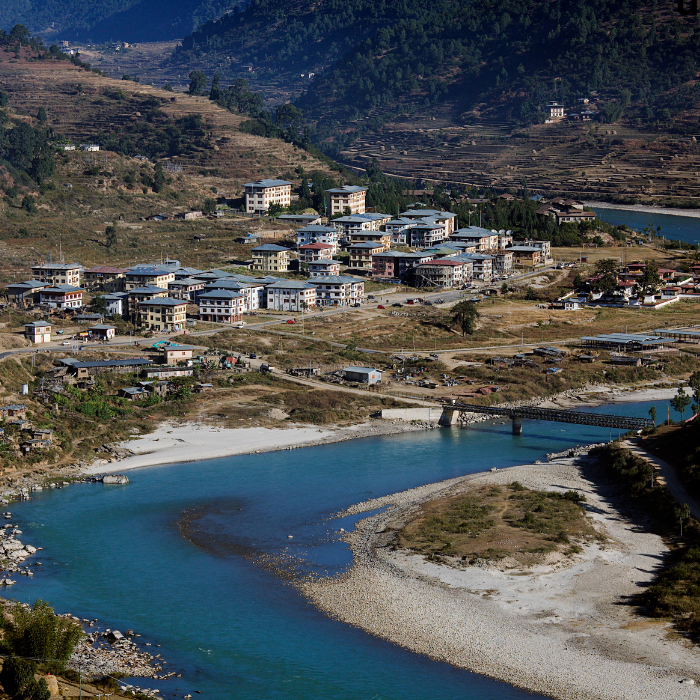
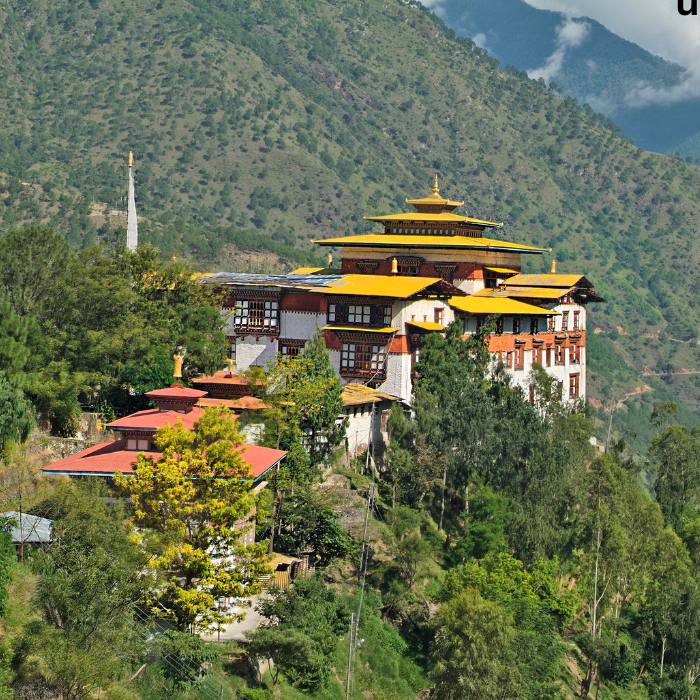
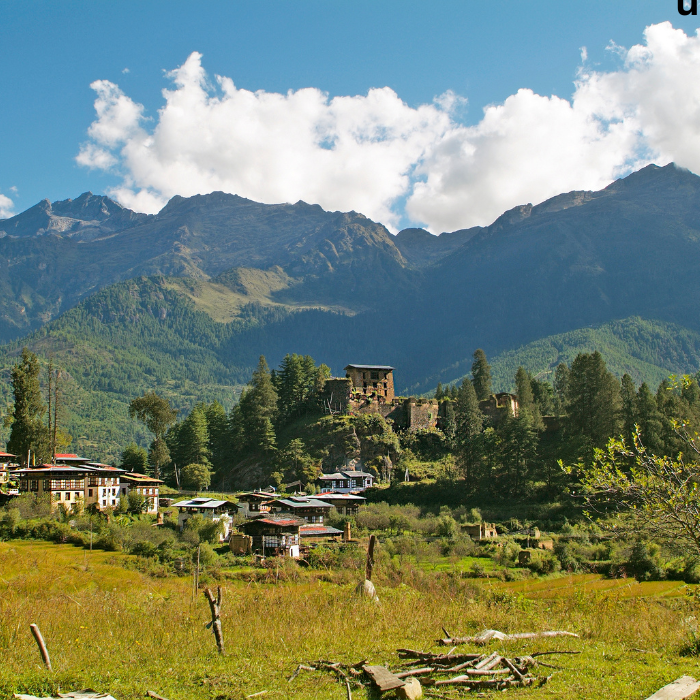
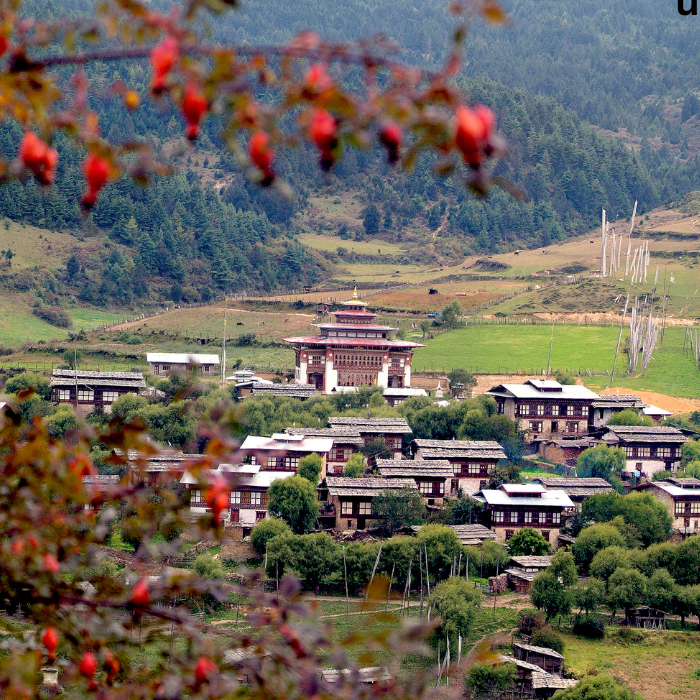


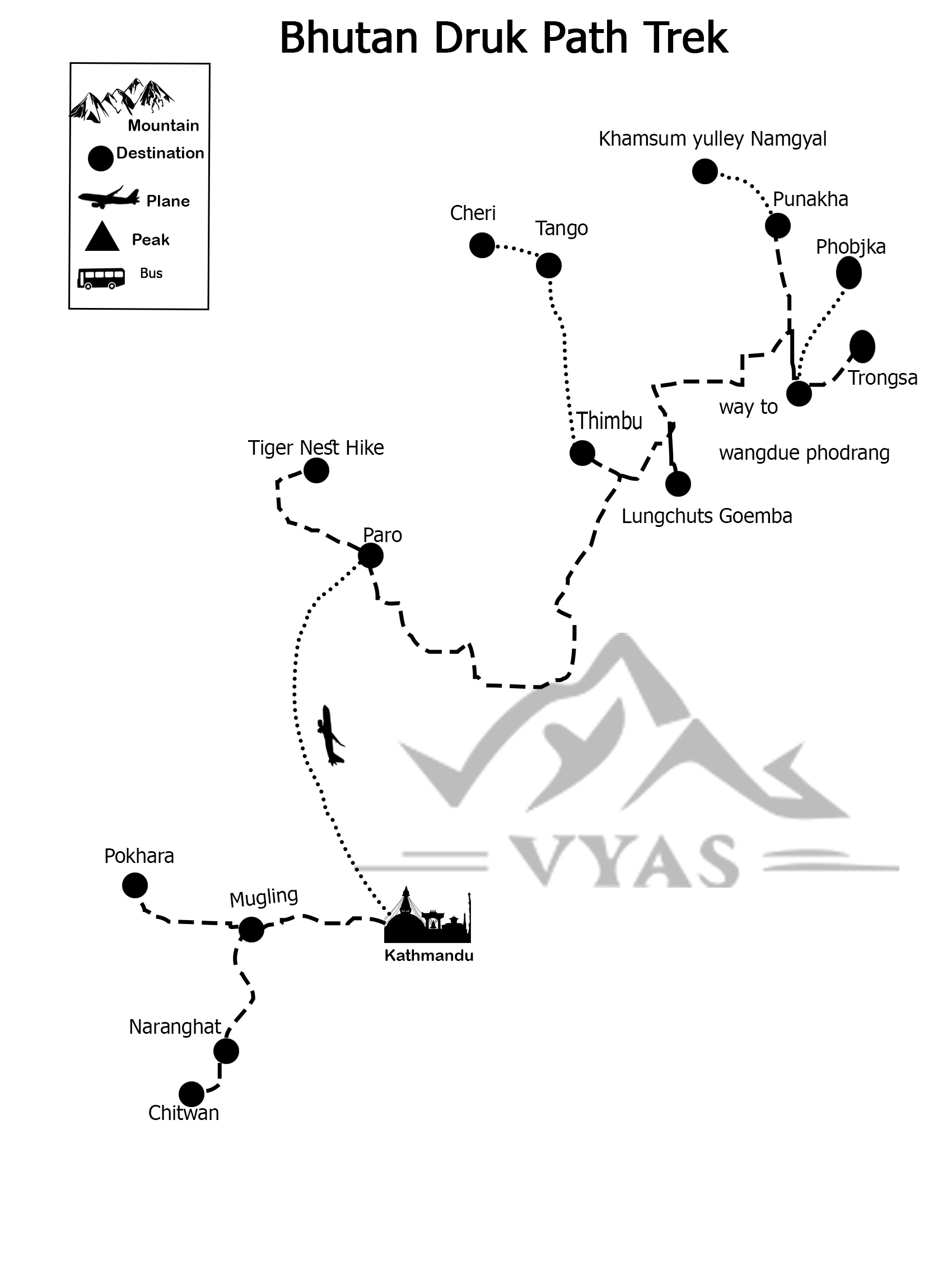






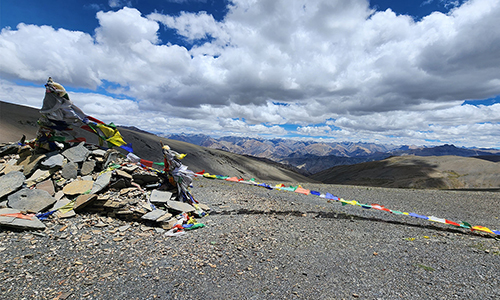

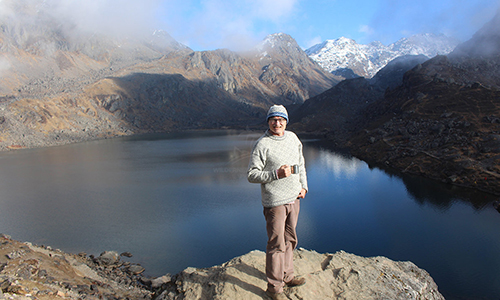


James Holloway
2025-06-15 18:00:13
The Druk Path Trek in Bhutan was a magical experience, and Vyas Treks Nepal organized it perfectly. The trail was peaceful and scenic, with stunning views of the Himalayas, pristine lakes, and ancient monasteries. Our Bhutanese guide was incredibly knowledgeable and shared so much about the local culture and history. Everything—from permits to accommodations—was smooth and stress-free. A beautiful trek that I’ll remember forever!